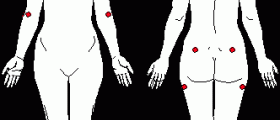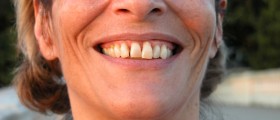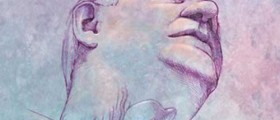
Dwarfism is a condition which can affect people congenitally or take place due to certain dysfunctions in the organism such as hormone imbalances, organ dysfunction, bone diseases etc. Either way, this condition manifests through the abnormal shortness or smallness of the affected individuals. Two major conditions are know to be behind this phenomenon – achondroplasia and pituitary dwarfism.
Types of Dwarfism - Achondroplasia
The above mentioned achondroplasia is a condition which affects one's cartilage development. Statistically, it appears in one out of every 10,000 newborns. Due to this disorder the hands and legs of the affected individuals do not grow long enough and become abnormally thick during development. However, the torso and the head usually remain normal, in terms of size, standing out when compared to the rest of the body. Yet, the size of the spine and the spinal canal through which the spinal cord runs gets more and more narrow, as it reaches the lower parts of the body.
This condition is genetically triggered and always manifests through same symptoms, leaving 50% chances that the baby of the affected person will suffer from the same health issue. Interestingly enough, achondroplasia is more common when older men decide to have children. This is peculiar since most genetic disorders are more connected to the mother.
As for other physical characteristics of this condition, the noses of people with this type of dwarfism may resemble saddle shape. The forehead is known to be prominent and the jaw may lack proper development signs. Ear infections are common in children who suffer from this disorder. Luckily, their mental and sexual health are usually intact. Mortality in people affected by achondroplasia is very close to people who aren't affected by dwarfism.
Currently, there is no treatment for this type of dwarfism. Nevertheless, one can undergo numerous surgeries and therapies which can take care of some of the symptoms of this disorder.
Types of Dwarfism – Pituitary Dwarfism
This form of dwarfism manifests through normal body build and proportions, with extremely short stature. Yet, sexual maturity is often inhibited by this condition.
Risk groups for suffering from pituitary dwarfism are those who have tumors in the area, cleft palates, suffer from severe environmental deprivation or brain infections or bleeding. If these signs are not present, the condition is not recognizable during early years of the affected person's life.
The reason behind this condition lies in the insufficient activity of the pituitary gland. When the human body does not get enough hormones from this gland, its growth can get inhibited. Also, patients with pituitary dwarfism tend to skip puberty and suffer from metabolic regulation and water balance problems. Sometimes, they may not even develop secondary sexual characteristics. Ultimately, untreated lack of hormones in pituitary dwarfs may lead to death.

















Your thoughts on this
Loading...